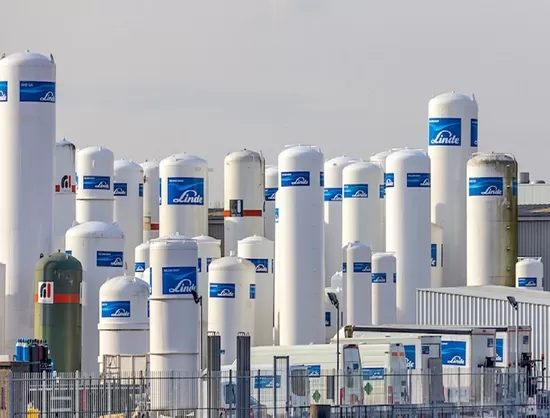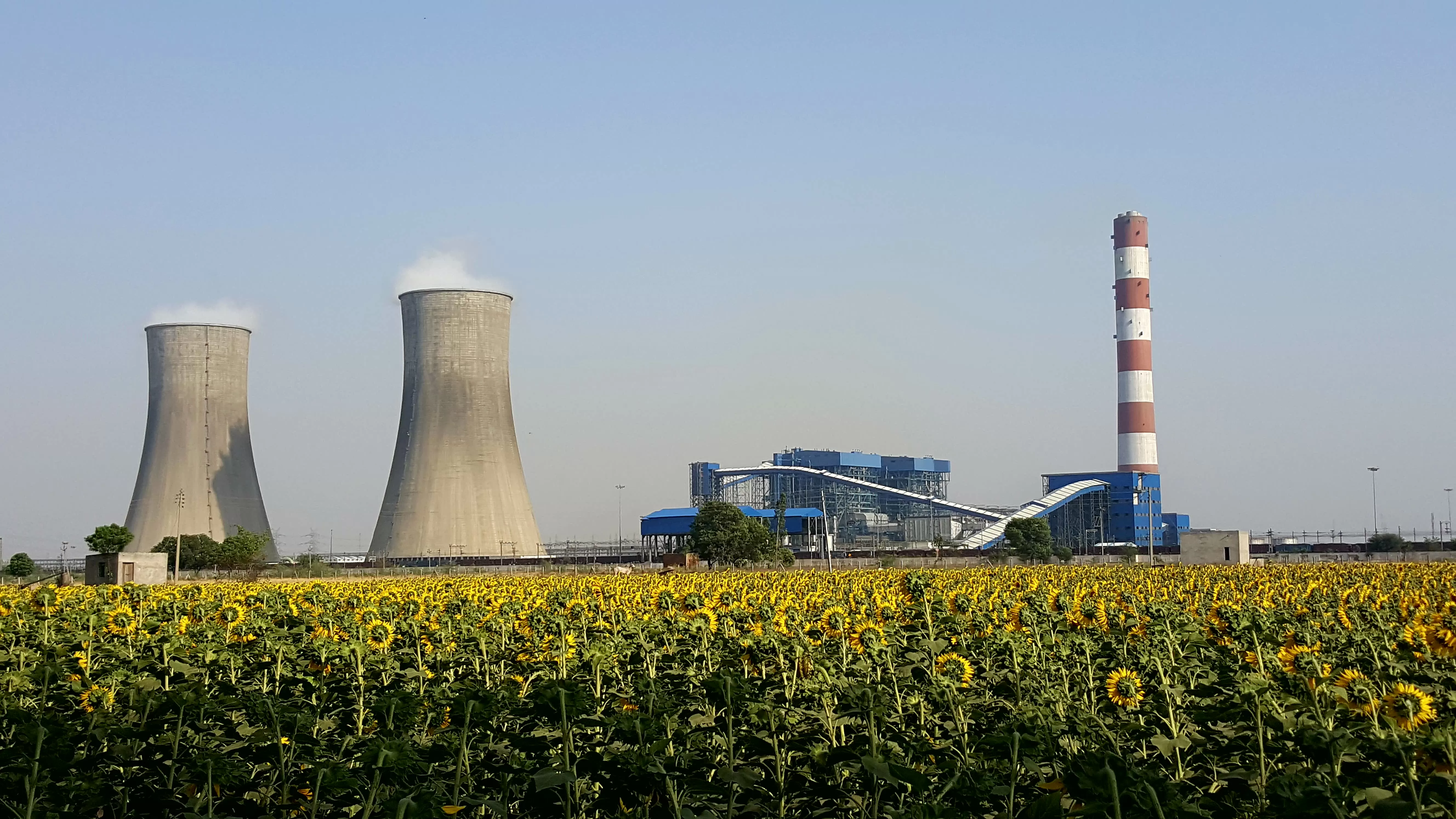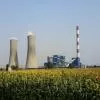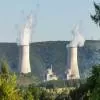
WCA President Emphasises Major Changes in Global Cement Industry

Cyient wins key green hydrogen contract for project in Norway
Cyient, the Indian multinational technology company, has secured a strategic contract to support GreenH Bodø in the development and execution of a pioneering green hydrogen production and distribution facility at Langstranda in Bodø, Norway. This flagship initiative is part of a joint venture between GreenH, a Norwegian green hydrogen infrastructure firm, and Luxcara, a Hamburg-based independent asset manager specialising in renewable energy projects across Europe. The project represents a major step towards fulfilling Norway’s ambitious renewable energy goals, particularly within the ma..

Thermal power capacity addition slows 32% amid project delays
India's thermal power generation capacity expansion has decelerated significantly in the first 11 months of FY25, witnessing a 32% drop compared to the same period last year. Provisional data from the Central Electricity Authority (CEA) indicates that only 3.9 GW of thermal capacity was added up to February 2025, down from 5.7 GW in the same period of FY24. Thermal power plants—predominantly coal-fired, with some based on gas and diesel—remain the backbone of India’s energy mix. The decline in capacity additions has been largely attributed to delays in project commissioning, land acqui..

Land near Kora Kendra in Borivali sold for Rs 5.39 Bn
In a significant real estate transaction, the Mumbai Khadi & Village Industries Association (MKVIA) has sold four land parcels adjoining the iconic Kora Kendra grounds in Borivali West to Rishabraj Estate Developers for a total consideration of Rs 5.39 billion. The cumulative area of the plots measures 3.84 acres—approximately 8,977 square feet. Situated in one of Mumbai’s most densely developed suburbs, where vacant land is scarce and redevelopment is the prevailing trend, the sale has made headlines for its steep per-square-foot rate of ?6,00,695. MKVIA, a government body that promotes..














